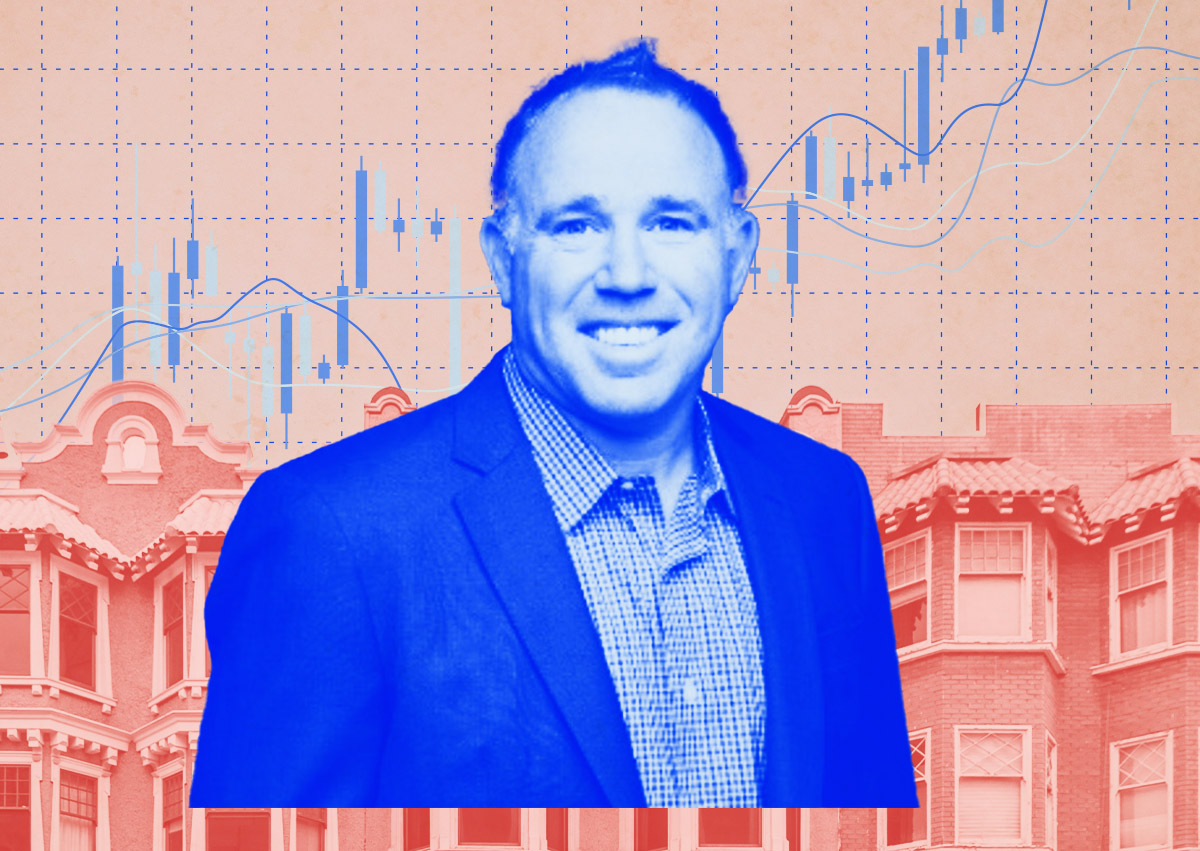Airbnb Program Turns SF Apartments Into Short-Term Rentals
Airbnb has incentivized apartment owners to allow their units on its platform, and not just for short-term stays. With a struggling rental market still recovering from pandemic-era population loss, San Francisco landlords could see a “huge value unlock” by partnering with the booking site, according to Airbnb’s Global Head of Real Estate Jesse Stein.
Under the program Airbnb-Friendly Apartments, tenants at multifamily complexes can list their units for stays, while property owners can collect up to 25 percent of their tenants’ take when they rent out their spare rooms or entire units on the platform. Also, the landlords can keep a closer eye on the units to make sure they are being rented in accordance with local laws, and market their vacant units for free to a tenant base that sees hosting as a valuable amenity, Stein said.
“Airbnb consumers are getting in contact with these buildings through the Airbnb-Friendly marketplace to potentially move in where they know they’re allowed to host part-time,” he said.
Landlords may not have embraced Airbnb in their buildings in the past, but many are coming around on short-term rentals just like they have come around on pet policies and other in-demand tenant amenities, Stein explained.
“It’s how you differentiate your building in today’s world on top of location,” he said. “The ability to Airbnb your apartment part-time is a huge differentiator.”
Airbnb has worked with individual buildings, but since the program launched a year ago it has pushed to partner with big national owners such as Greystar, Equity Residential and UDR to meet its goal “to put dots on the map so we can fulfill that consumer demand,” Stein said. More than 250 participating buildings representing about 80,000 units across 37 U.S. markets have signed up so far.
About 40 of those buildings are in the Bay Area, with 17 in San Francisco, offering more than 2,000 apartment units in the city, according to Airbnb.
All but one, The Canyon at Mission Rock, are apartment communities run by Greystar, Equity Residential and UDR. Building owners generally charge the same amount on all units — typically between 15 and 25 percent of the nightly rate — regardless of the metro area, and in exchange they offer value-adds their tenants can market to short-term renters such as pools, gyms and conference rooms, as well as luggage storage before and after check out. The owners’ revenue comes from the tenants’ take; it is not an additional fee to the short-term renter.
Stein’s team is about to start marketing the Airbnb-Friendly model to more independent multifamily owners, and he thinks it will appeal to the smaller landlords who make up the bulk of San Francisco’s market.
“It’s free demand. It’s transparency and control. And it’s potential upside if residents host,” he said. “So that sort of value proposition resonates across asset classes.”
Airbnb doesn’t need to make much of a sales pitch to tenants, he said, who often use the extra money they make hosting up to the San Francisco limit of 90 nights a year to ease affordability concerns or take advantage of periods of high demand to pay for their own vacations.
“When Dreamforce is in town, you should be able to host your primary home and go stay with a friend or go to Tahoe and make a thousand bucks for the weekend,” he said. “Hosts are optimizing their calendars for those times of compression to make as much money as they humanly can.”



